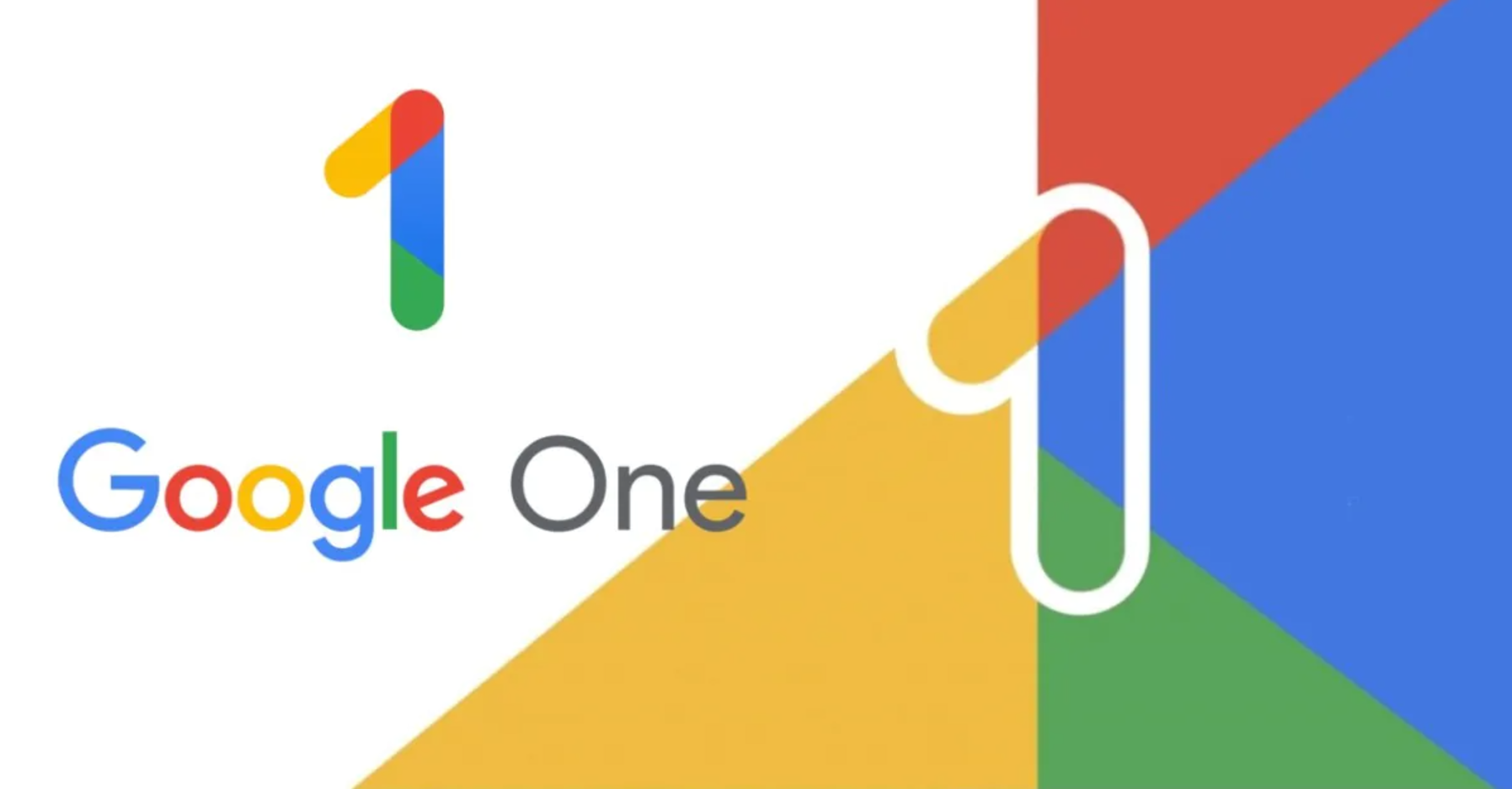Best Selling Products
How Does Spotify Understand Your Music Taste? Discover the Algorithm Behind Playlists.
Nội dung
- 1. How Spotify collects and analyzes user data
- 2. Benefits of Spotify's feature of creating playlists that match your taste
- 3. The technology and algorithms behind Spotify playlists
- 3.1. Collaborative Filtering
- 3.2. Natural Language Processing
- 3.3. Audio Analysis
- 4. Spotify's featured personalized playlists
- 4.1. Discover Weekly
- 4.2. Daily Mix
- 4.3. Release Radar
- 5. Limitations and challenges of Spotify algorithm
- 6. Conclusion
Have you ever wondered why Spotify understands your music taste so well? Why do the recommended songs always feel right and interesting to you? In this article, SaDesign will explore how Spotify understands your music preferences, the algorithms behind personalized playlists, and the benefits it brings to your listening experience. Let's dive in.

1. How Spotify collects and analyzes user data

Spotify uses data from your actions to determine what songs you like and personalize music recommendations. Here's how the platform learns your preferences:
- Repeat plays: If you listen to a song over and over again, Spotify automatically recognizes it as a favorite. This indicates that the song has special value to you, leading to suggestions for songs similar in style, genre, or artist.
- Add to personal playlist: When you add a song to your playlist, Spotify sees this as a clear signal of your personal taste. This helps the algorithm learn about your musical tastes through the songs you want to keep and listen to again.
- Save a song to your favorites (Like): Tap the "Love/Like" icon on a song or album, which is an important metric that Spotify uses to tailor personalized playlists like Discover Weekly and Daily Mix.
- Interact with songs in recommended playlists: If you frequently "Like" or "Play" songs from playlists like Discover Weekly or Daily Mix, Spotify uses this data to refine future recommendations. The algorithm learns from the songs you like in recommendations to suggest more relevant songs.
@parent
2. Benefits of Spotify's feature of creating playlists that match your taste

Instead of having to scroll through millions of songs to find what you like, Spotify automatically recommends complete playlists with just one click, optimizing your search time and enjoying music instantly. Playlists like Discover Weekly or Daily Mix are tailored based on your preferences, listening habits, and mood, making it feel like you have a personal DJ who knows your taste.
Constantly listening to the right songs helps you feel closer to music. Because Spotify creates playlists that suit different moods and needs from working out, studying, relaxing, to partying. Spotify doesn’t just limit you to your current taste in music, but also helps you expand your taste to other genres or artists, making it easier for you to recognize the diversity in the music style you love.
3. The technology and algorithms behind Spotify playlists
3.1. Collaborative Filtering

Collaborative filtering is one of the main algorithms that Spotify uses to create personalized playlists. It works by analyzing users' listening behavior and looking for similar patterns between people with similar tastes. For example, if you frequently listen to Artist A and Artist B, and another group of users also listen to Artist A and Artist C, the algorithm will recommend Artist C to you.
3.2. Natural Language Processing
Natural language processing (NLP) is one of the core technologies that helps Spotify analyze and understand music content, thereby personalizing playlists to suit users. NLP algorithms scan song lyrics to identify keywords, phrases, or key themes. For example, a song with lyrics related to "beach" or "summer" will be grouped into a summer playlist.
Spotify analyzes song descriptions, including title, artist name, genre, and keywords tagged by users or artists. And the technology can also recognize emotions from lyrics, such as happy, sad, or optimistic, and place them in playlists based on mood. For example, songs with positive emotions will be placed in the "Happy Hits" playlist.
3.3. Audio Analysis

Audio Analysis is the process of analyzing the sound characteristics of each song to understand elements such as structure, mood, and musical style. Through this analysis, Spotify groups songs with similar sound characteristics together, helping to create playlists that are seamless and tailored to your musical tastes.
How Spotify analyzes audio:
- Tempo: Measures the number of beats per minute (BPM) to identify the speed of the song. For example, songs with a fast tempo are often suitable for workout playlists.
- Energy: Analyzes the intensity and power of a song's sound, such as how upbeat or soft it is. For example, a high-energy song would be recommended for the "Workout Hits" playlist.
- Valence: Measures the overall emotion of the song, from happy to sad. For example, a song with a high valence is often perceived as positive, and is placed on playlists like "Happy Hits".
4. Spotify's featured personalized playlists
Spotify offers a variety of personalized playlists, helping users discover new music and enjoy tunes that suit their personal tastes. Highlighted with the 3 Playlists below:

4.1. Discover Weekly
Discover Weekly is a personalized playlist created by Spotify that updates every Monday, featuring 30 new songs based on your tastes and listening habits. With the aforementioned algorithms, you don't have to bother searching for new songs; Spotify does it for you automatically each week. The songs are chosen based on your personal tastes, making the playlist feel "tailored" to you.
4.2. Daily Mix
With Daily Mix, playlists are updated every day, bringing a fresh new experience to your listening experience. Spotify typically creates multiple Daily Mix playlists, each focusing on a genre or style of music you love, like pop, indie, or jazz. In addition, Daily Mixes include songs you've listened to before and new songs Spotify recommends based on your tastes.
4.3. Release Radar
Release Radar is refreshed every Friday, in line with the music industry's new music release calendar. Release Radar helps you quickly catch up on the latest releases from your favorite artists, without having to search for them yourself, and you still get a new playlist tailored to your tastes every week. The playlist not only focuses on artists you've already listened to, but also introduces new artists with similar styles.
5. Limitations and challenges of Spotify algorithm
 While
While
Spotify's algorithm is highly regarded for personalizing the music experience, it still has some limitations and challenges that need to be improved for further optimization.
First, it depends on user data: Spotify has a hard time personalizing playlists for new users because of a lack of listening history data, so initial recommendations are often inaccurate and do not fully represent musical tastes. There are also many cases where users have unclear listening habits (e.g., frequently switching genres) that make it difficult for the algorithm to determine true musical tastes.
Second, the problem with unpopular artists and genres is that the Algorithm tends to favor popular artists and songs, making it difficult for indie artists or lesser-known genres to appear in playlists.
@old
6. Conclusion
Spotify has built an advanced algorithm system, providing a superior personalized music listening experience. With constant innovation, Spotify still maintains its leading position in the field of online music streaming, bringing users a deep connection with music. Join SaDeisgn to explore Spotify's personalized playlists to enjoy the music that best suits you and expand your musical taste every day.












































